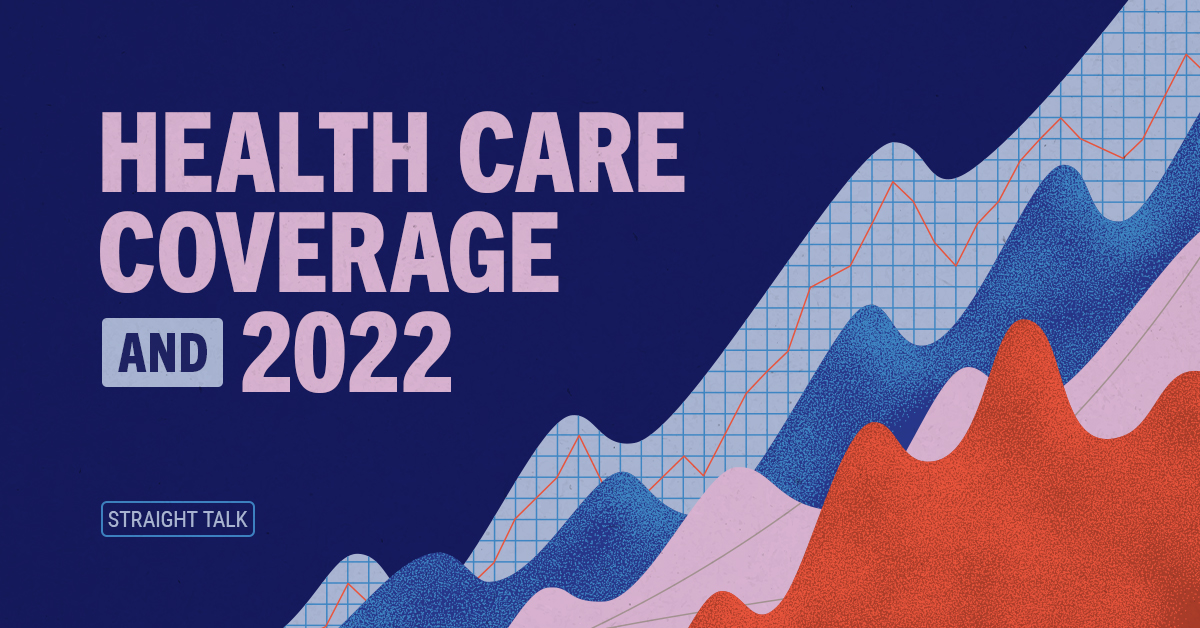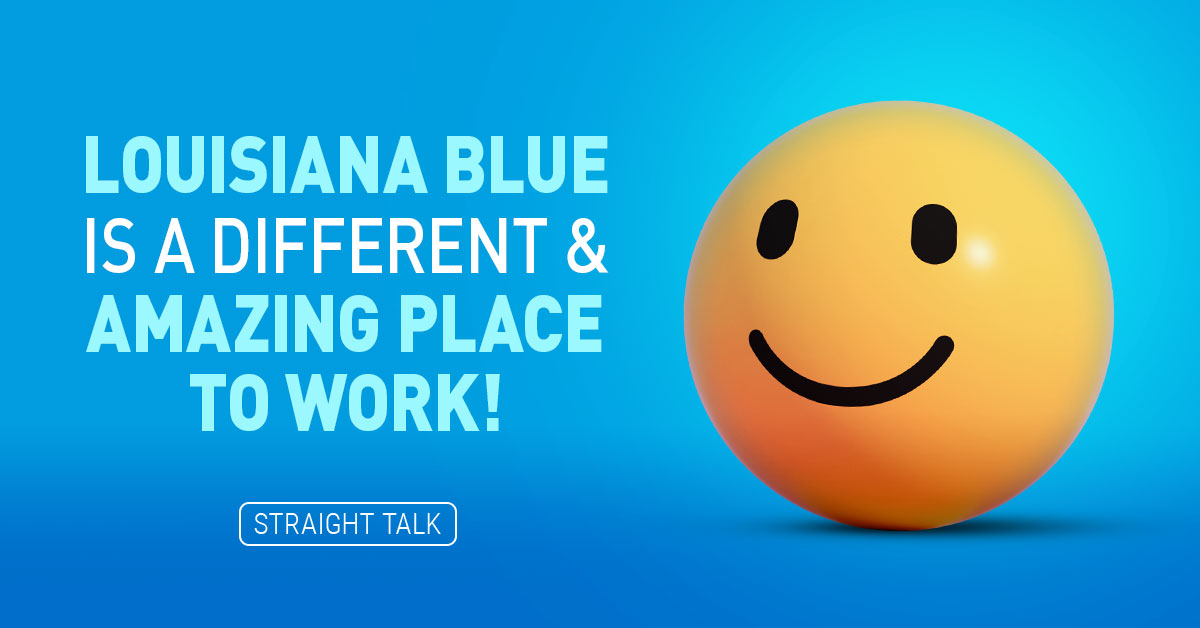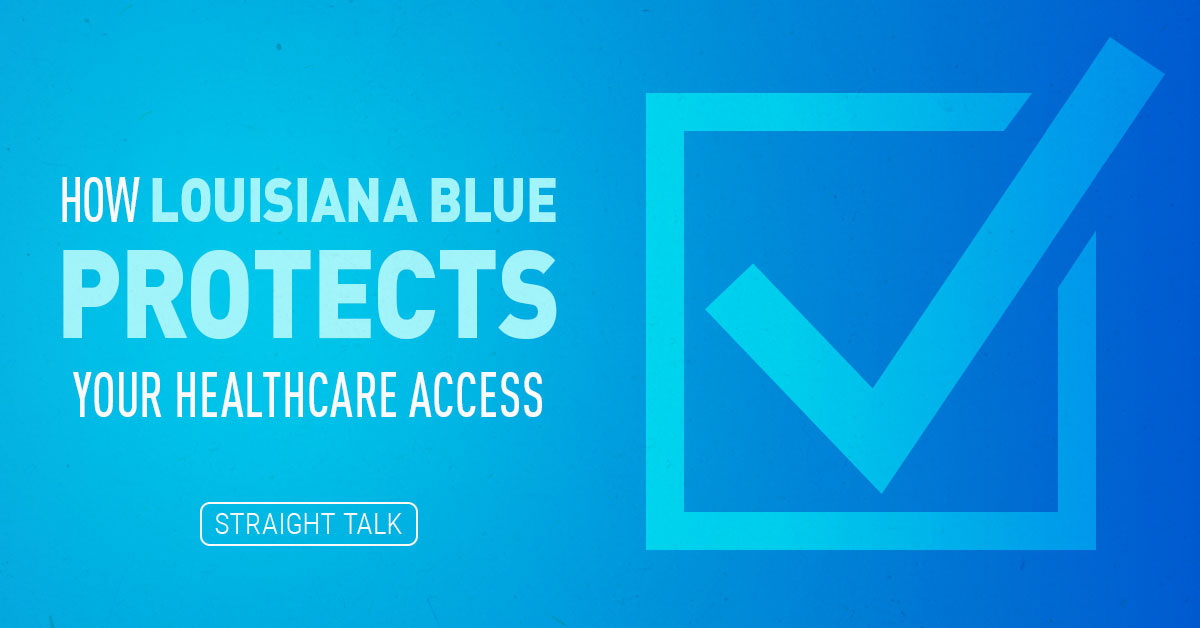One thing that has always struck me about the way people spend money is how much it has evolved during my lifetime. Today, we are much more savvy and flexible about how we use debt and insurance than we were 50 years ago. Most people don’t really think about the retail prices anymore when they buy a house or a car; instead, they think, “Hey, I can make the monthly payments!” and that’s typically about as far as it goes.
The way we approach paying for health care in the United States has evolved a lot too, starting before I was born. In the early 20th century, you paid for health care as you went, and it was really something that only the very wealthy could afford. Others either suffered or had to rely on charity. Health insurance made its debut in 1929, when the very first Blue Cross plan started in Dallas, as a partnership between Baylor University Hospital and some public school teachers. And health insurance and modern health care prices grew from there.
Honestly, one thing we have done really successfully in the U.S. is design a health care system that NOBODY can afford to pay for out of their own pockets. When we get really sick, 99% of us are entirely dependent on a third-party payer to foot the bill. If we DON’T have access to one, it’s highly likely we’ll either get second-class treatment or no treatment at all. But rich or poor, we all strive to be under the safety and umbrella that is the third-party payer system in health care.
A few months ago, I took a look at Louisiana’s population and grouped them by their third-party payers. This is what I saw:

As you can see from this slide, in a snapshot format of a given day, my estimate is that 95% of Louisianians are now covered by a third-party payer of some sort. When I started tracking this back in 2008, fully 15-18% of the Louisiana population was uninsured on any given day.
So, what changed?
The goal of the Affordable Care Act, which passed in 2010, was to get meaningful health insurance coverage to as many folks as possible. Unfortunately, not much regard was given to how much it would cost to do so. And we saw premiums and health care use skyrocket when the law took effect. In fact, Blue Cross lost millions during our first year on the ACA’s individual exchange.
But back to who’s on which third-party payer… From 2010 – 2016, we saw massive changes to the private health insurance market driven by the ACA. What really made that last mile of coverage work in our state was Gov. Edwards accepting the ACA’s offer of a new category of Medicaid starting in the summer 2016. Since that Medicaid expansion, our Medicaid-covered population has grown from 1.2 million to almost 1.9 million Louisianians today.
Essentially, the federal government made the state an offer it couldn’t afford to refuse. It went something like this:
Create a new category of Medicaid eligibility, according to our rules, that is based only on income (anyone who earns at or below 138% of the federal poverty level), and we will fund 90% of the cost of adding this new Medicaid population into the future.
Louisiana, with nearly the lowest household income in the nation, was primed and ready to receive this benefit and maximize the use of it. Once this category opened in July 2016, hundreds of thousands of folks began to join, many having health insurance coverage for the first time in their lives. Others were people with very low incomes who moved from private coverage to the government program because they met the new financial eligibility. This coverage has led to some impressive medical successes in the past 12 months:
722,000 people are currently enrolled in this new Medicaid category.
570,000 of them went to the doctor in the past year.
120,000 of them have been screened for breast cancer, with over 1,600 active tumors found.
75,000 adults had a colonoscopy, with 23,000 having potentially cancerous polyps removed.
164,000 received mental health services; and there’s more here.
It might change again
I think it’s safe to say that this new coverage has been a life-saving and life-altering event for a large swath of Louisiana’s population. But there are some challenges ahead we all need to be aware of.
In March 2020, Congress passed the Family First Coronavirus Response Act at the beginning of COVID-19 shut-downs. The new law instructed the federal agency that oversees Medicaid (CMS) to raise the federal share it pays for that population’s health care costs from 90% of the bill to 96.2%. This was available to Louisiana and every other state as long as they agreed that until the public health emergency ended, they would stop checking the income and status of the people already enrolled in Medicaid and removing them from coverage. In Louisiana, that deal was for more than 770,000 people!
Of course, nearly every state that expanded Medicaid took up this offer as COVID-19 was widespread and poorly understood. The authority to make this change came from the president himself through the declaration of a Public Health Emergency. This declaration has to be renewed (or allowed to expire) every 90 days.
There’s the problem. With the COVID-19 pandemic being much more under control now than in early 2020, thanks to vaccines, boosters, expanded testing options and more effective treatments, it’s highly likely the public health emergency will be suspended at some point during 2022. Once that happens, the extra 6.2% Medicaid match from the government goes away. Louisiana will be required to resume regularly screening their Medicaid population (now likely in excess of 1.9 million people) and releasing those who no longer qualify because they have moved, got a higher-paying job, or won’t verify their paperwork.
What’s next?
Will a lot of people lose coverage? Considering those regular eligibility checks haven’t been going on for the past two years, it’s likely a lot of people don’t realize that they may no longer qualify for Medicaid.. My personal estimate is somewhere between 200,000 and 300,000 people over the 12 months after the public health emergency is lifted. And the state really has no choice; they have to clean up their rolls within the timeframe specified. After that, our work at Blue Cross will begin.
You can rest assured that here at Blue Cross and Blue Shield of Louisiana we will be partnering with the Louisiana Department of Health, other Medicaid carriers and the statewide navigator programs to try and catch all these folks and get them back safely under a new third-party payer as soon as possible. It is essential, especially if they have health conditions already, that we take good care of them. For many of them, even a slight break in their medication regimen, for example, could lead to serious complications. We will be working hard to avoid that. They may also have greater opportunities to sign up for health plans and get financial aid to help pay for them, which I wrote about here.
If you start hearing about disruptions in Medicaid coverage later this year, that’s what is going on. It will be a very busy time for everyone. Be sure if you or anyone you know gets a note that says Medicaid coverage is ending, ask them to visit www.GetPlanOptions.com or call 1-844-GET-BLUE (1-844-438-2583) so we can get you right back on a plan and ensure the continuity of your care. Don’t risk going uncovered!
Straight Talk is, without that deep-pocketed third-party payer on your team, accessing the health care you need will be much, much harder and probably outright unaffordable.





Leave a Reply